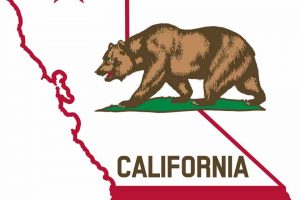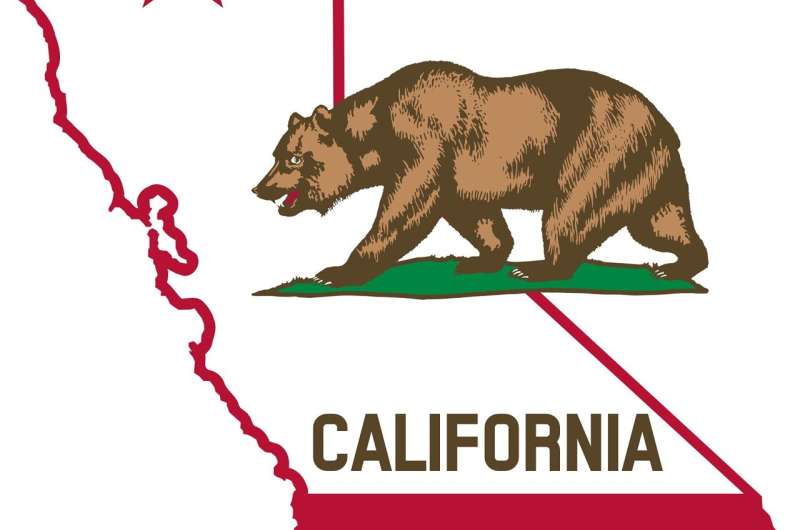New survey shows alarming increase in challenges to health of Californians


A pattern of higher mental health needs
- In 2022, about 1 in 6 adults (16.4%) reported serious psychological distress in the past year, similar to the rate in 2021 (17%), with both figures being higher than in 2019 (13%) and 2020 (12.2%).
- The LGBTQ+ community had significantly higher rates of serious psychological distress, with 61.6% of transgender or gender-nonconforming adults, 46.9% of bisexual adults and 29.7% of gay, lesbian or homosexual adults experiencing distress, compared to 13.6% of straight or heterosexual adults and 15.8% of cisgender adults.
- In both 2021 and 2022, nearly 1 in 5 adults said they had experienced suicide ideation within the past 12 months (19.1% and 18.9%, respectively), up from 1 in 8 (12.2%) in 2020.
- Among adults who said they needed help for emotional/mental or alcohol/drug problems, 50.2% of those who identified as two or more races, 48.9% of Asian adults and 46.4% of Latinx adults reported seeking help but not receiving treatment.
Differences in COVID-19 vaccination status and views
- Californians with the lowest incomes (0–99% of the federal poverty level) were less likely to be vaccinated than those with the highest incomes (300% of the FPL and above), at 21.1% and 8.6%, respectively.
- Among teens who were partially vaccinated or not vaccinated for COVID-19, 21% said the reason was that their parents didn’t want them to get the vaccine, and 27.6% said it was because they didn’t think the vaccine was necessary.
- 41.8% of white respondents who were not fully vaccinated said they thought the vaccine was unnecessary. This percentage was about double the rates among other races and ethnicities, with 20.8% of Latino, 20.5% of Black or African American and 24.1% of Asian Californians giving this as the reason for not being fully vaccinated.
- Nearly 1 in 3 California adults (30.7%) who had had COVID-19 said they had experienced symptoms for two months or longer (long COVID). Latino adults (38.4%) had significantly higher rates of long COVID, compared with white adults (24.1%).
Source: Read Full Article




